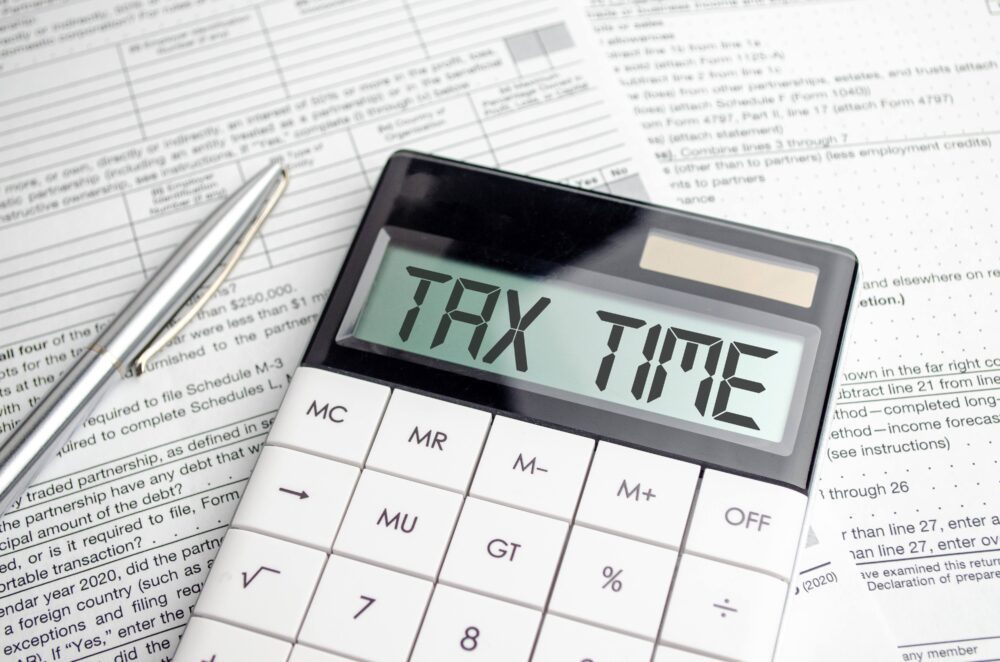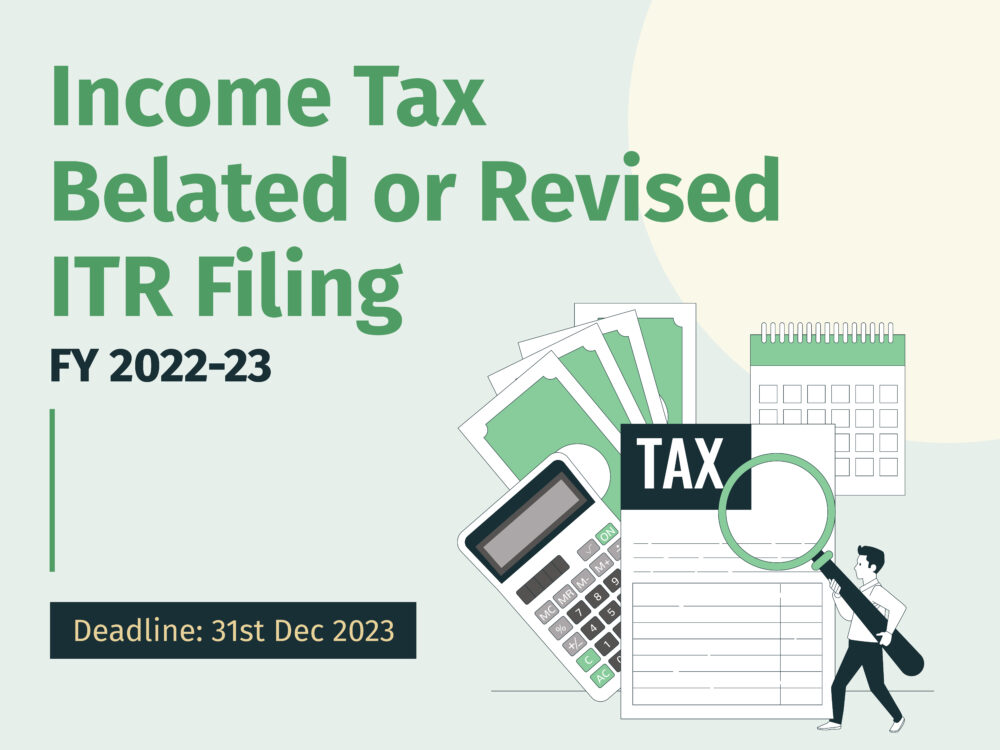Managing losses is a crucial aspect of optimizing tax liability for individuals as well as businesses. The Income Tax Act, 1961, provides provisions that allow taxpayers in India to set off losses against the gains and carry them forward to subsequent years. As the financial year 2023-24 approaches, it is essential to understand these regulations to make well-informed financial decisions. This article delves into the intricacies of set-off and carry forward of losses in India for the FY 2023-24.
Types of Losses
The Income Tax Act recognizes various categories of income under which losses can be calculated:
Income from Salary- This category includes basic salary, house rent allowance (HRA), special allowances, and bonuses. It also encompasses employer contributions to Provident Fund and other benefits such as gratuity.
Income from House Property – Income from renting out a house property or from a property deemed to be let out is considered under this category. This section also includes income or loss from owning a vacant property.
Profit and Gains from Business or Profession – This includes income derived from a trade, commerce, manufacturing, or any professional services like law, medicine, engineering, etc. It also accounts for the profits and gains from freelance work or consultancies.
Capital Gains – Capital gains arise from the sale of capital assets like real estate, shares, bonds, and mutual funds. They are categorized into short-term and long-term gains based on the holding period.
Income from Other Sources – This is a residual category that includes income such as interest from a savings account, fixed deposits, or dividends. It also covers windfall gains like winnings from lotteries, horse races, and game shows.
Understanding these income categories is crucial for accurate tax calculation and for taking advantage of set-off and carry-forward provisions.
Set-Off of Losses
I. Intra-Head Set-Off
Income from Salary
Types Covered: Basic salary, allowances, bonuses, commissions, etc.
Intra-Head Set-Off:
The salary head typically does not entertain losses; hence the concept of intra-head set-off is generally not applicable in this category. All the components like basic salary, allowances, and bonuses are usually considered income, and there’s no provision for offsetting losses.
Income from House Property
Types Covered: Rental income, deemed rental income.
Intra-Head Set-Off:
Losses arising from one property can be set off against income from another property within the same financial year. For example, if you earn rental income from Property A but face a loss due to interest on home loan for Property B, such loss can be offset against the income from Property A.
Profit and Gains from Business or Profession
Types Covered: Income from trade, commerce, professional services, freelance income.
Intra-Head Set-Off:
If you have multiple businesses or provide various professional services, losses incurred in one can be set off against profits in another. However, it is essential to note that speculative business losses cannot be set off against non-speculative business income, and vice versa.
Capital Gains

Types Covered: Short-term and long-term capital gains from assets like shares, property, etc.
Intra-Head Set-Off:
Short-term capital losses can be set off against both short-term and long-term capital gains. However, long-term capital losses can only be set off against long-term capital gains. The categorization into short-term and long-term depends on the asset’s holding period, which varies by asset type.
Income from Other Sources
Types Covered: Interest income, dividends, lottery winnings.
Intra-Head Set-Off:
Losses from this category can only be offset against other incomes that fall under the same “Income from Other Sources” head. For example, if you have a loss from owning a savings account with negative interest, it can be set off against gains from dividends or fixed deposits under this head.
Inter-Head Set-Off
1. Income from Salary- Losses from other heads of income can be set off against salary income, except for losses from capital gains. However, salary income itself doesn’t generate losses, so it generally serves as a source against which other losses are offset.
2. Income from House Property- Losses under this category can be set off against any other head of income in the same financial year up to 2 lakhs. For example, if there is a loss under the house property head, it can be offset against business income or other sources of income.
3. Profit and Gains from Business or Profession- Losses from business and profession can be set off against any other head of income except salary, but with restrictions. Speculative business losses can’t be set off against any other type of income.
4. Capital Gains- Losses under capital gains cannot be set off against any other head of income like salary or business income. These can only be set off within the capital gains category itself (intra-head set-off).
5. Income from Other Sources: Losses from this head can generally be set off against any other head of income except capital gains. For example, if you have an interest income loss, you can set it off against your business income or salary income.
Carry Forward of Losses
If the losses are not fully set off in the same financial year, they can be carried forward:
1. House Property Losses: Can be carried forward up to 8 assessment years.
2. Business Losses: Can be carried forward for 8 assessment years.
3. Speculative Business Losses: Carried forward for 4 assessment years.
4. Short-term and Long-term Capital Losses: Can be carried forward for 8 assessment years.
Documentation and Compliance
Proper documentation is vital for claiming set-off and carrying forward losses:
Return Filing: Losses can be carried forward only if the tax return is filed within the due date.
Audit Requirements: A business person whose gross receipts/turnover/sales for the previous financial year is more than Rs. 1 crore, other than a person who opts for a presumptive taxation scheme under section 44AD who’s general income or turnover would not exceed the amount of Rs. 2 crores. A professional whose gross receipts for the previous financial year are more than Rs. 50 lakhs are required to do a tax audit, and losses can only be carried forward if the audit is completed within the stipulated time.
Conclusion
The set-off and carry-forward provisions offer avenues to reduce tax liability and thus are integral elements of effective financial planning. While intra-headset-offs work within specific income categories, inter-headset-offs offer broader avenues but come with their own set of rules. Given the complexities and potential impact on tax liability, it’s advisable to consult with a qualified tax professional to make the most of these provisions. Properly managing losses not only reduces the tax liability for the current year but also provides relief in subsequent years through carry-forward provisions.
Optimizing the set-off and carry forward of losses is an integral part of effective tax planning. Therefore, a thorough understanding of these rules for FY 2023-24 is essential for maximizing tax benefits.







